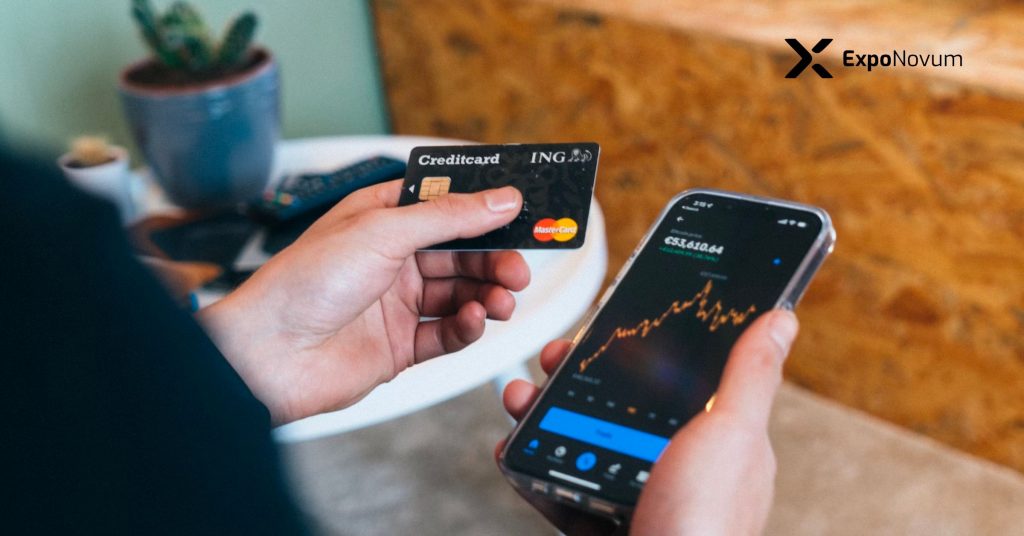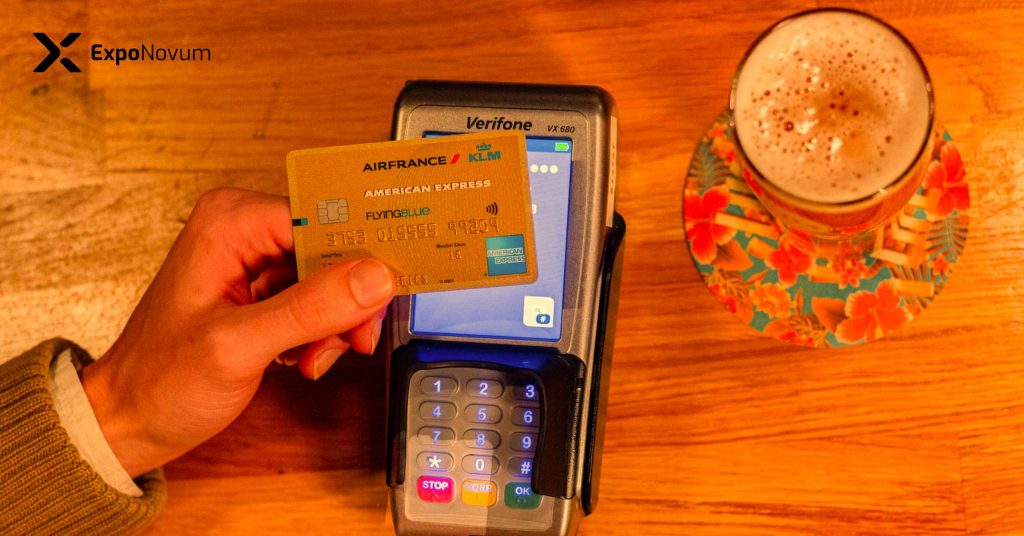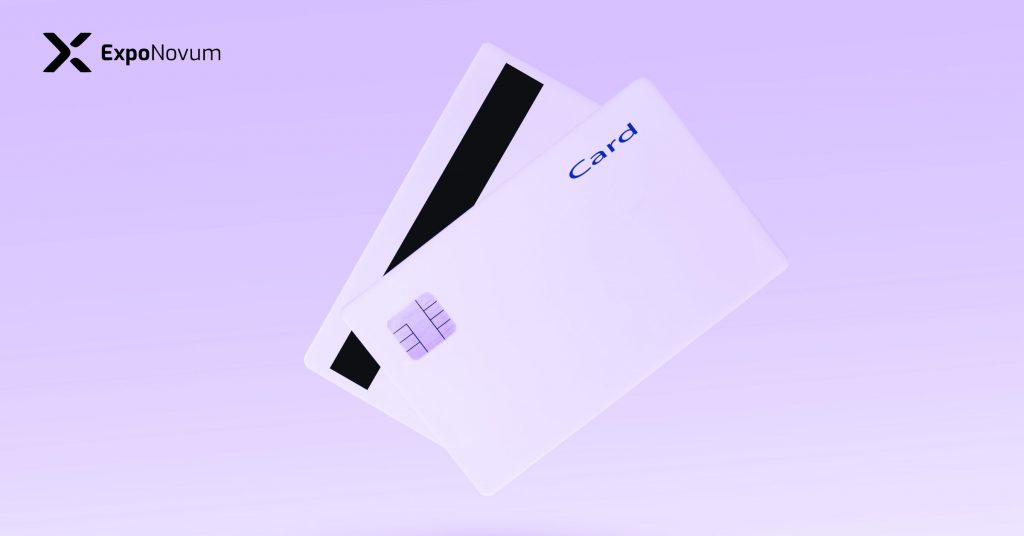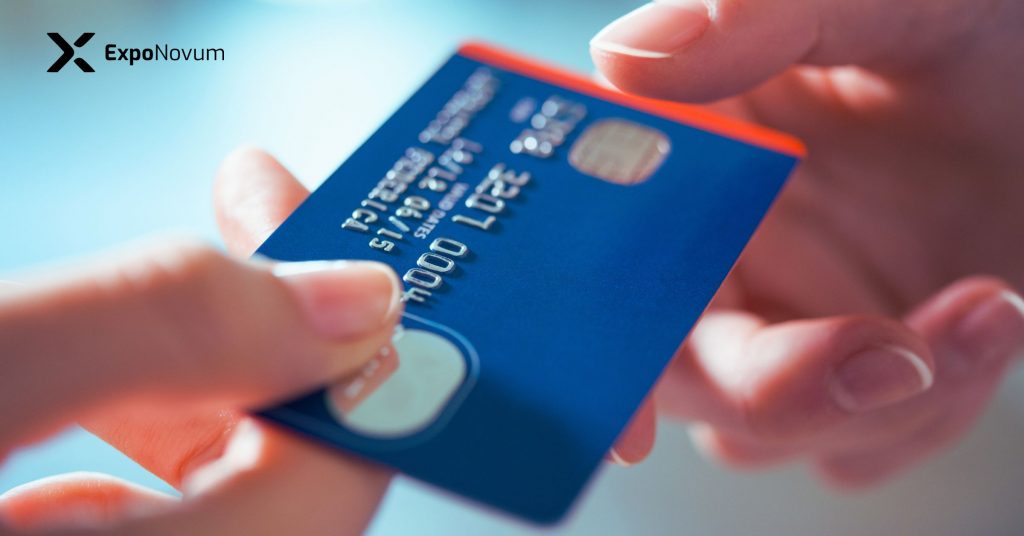Introduction
Ever swiped your card at a coffee shop or clicked that ‘Pay Now’ button online? Behind those simple actions lies a complex process known as card acquiring. But what exactly is it, and why should you care? Let’s dive in!
Imagine you’re at a magic show. You hand the magician a coin; he waves his wand, and voila! The coin appears behind your ear. Card acquiring is like that magic trick but for electronic payments. It’s the process that magically ensures money moves from a cardholder’s bank account to a merchant’s bank account when a card transaction occurs.

Importance in Today’s Digital Economy
In today’s fast-paced digital world, who has the time for cash? Electronic transactions have become the norm with the rise of e-commerce, mobile banking, and digital wallets. Card acquiring plays a pivotal role in this digital transformation, making our lives easier and businesses more profitable. Think about it: would you carry a wad of cash or a slim, sleek card instead?
What is Card Acquiring?
Card acquiring, in its simplest form, refers to the process by which sales transactions made by cardholders are settled with merchants. It involves several key players, including the cardholder, the merchant, the acquiring bank (the merchant’s bank), and the issuing bank (the cardholder’s bank). When you pay with your card, the acquiring bank ensures the funds are correctly debited from your account and credited to the merchant’s account.
Historical Evolution of Card Acquiring
Remember the days of barter trade? Fast forward a few centuries, and we had coins, paper money, and then… cards—the evolution of card acquiring mirrors the evolution of commerce itself. In the 1950s, Diners Club introduced the first universal credit card, paving the way for electronic payments. Over the decades, as technology advanced, so did the methods of card acquiring. Card acquiring has come a long way from manual imprinters (remember those clunky machines?) to magnetic stripe readers to today’s contactless payment systems.
Why Card Acquiring Matters
You might think, “Okay, cool history lesson, but why should I care?” Here’s why.
Role in Facilitating Electronic Transactions
Imagine a world without card acquiring. Whenever you wanted to buy something online, you’d have to mail a check or wire transfer. Sounds tedious, right? Card acquiring streamlines this process, making electronic transactions quick, easy, and secure. It’s the unsung hero behind every swipe, tap, or click, ensuring that funds flow seamlessly in the background.
Impact on Businesses and Consumers
For businesses, card acquiring opens up a world of opportunities. It allows them to tap into a global customer base, offer various payment options, and improve cash flow. For consumers, it offers convenience, security, and flexibility. Ever been on vacation and run out of local currency? No worries, your card’s got your back! Or how about those late-night online shopping sprees? All made possible thanks to card acquiring.

Step-by-Step Guide to Card Acquiring Process
Navigating the world of card acquiring can feel like trying to solve a complex puzzle. But fear not! We’re here to break it down for you step by step. Ready to embark on this journey?
#1 Merchant Onboarding
So, you’ve decided to start a business. Congratulations! But before you can accept card payments, there’s a process to follow.
- Application Process: Just like applying for a job or a loan, merchants must apply with an acquiring bank or a payment processor. This involves details about the business, its owners, and its financial health.
- Required Documentation: Think of this as your business’s resume. Banks typically ask for business licenses, bank account details, and financial statements. They want to ensure you’re legit!
#2 Setting Up Payment Infrastructure
Once approved, it’s time to set up shop – digitally speaking.
- Point of Sale (POS) Systems: These are the machines you see at physical stores. They read your card’s information and initiate the transaction. Modern POS systems can also handle contactless payments, mobile payments, and more.
- Online Payment Gateways: Selling online? You’ll need a payment gateway – a digital bridge between your website and the acquiring bank. It encrypts sensitive data, ensuring transactions are secure.
#3 Transaction Initiation
This is where the magic begins!
- Cardholder’s Role: As a customer, you swipe, insert, tap your card, or enter its details online. This action tells the system you want to make a payment.
- Merchant’s Role: The merchant’s system captures the card details and the transaction amount, sending them to the acquiring bank for processing.
#4 Transaction Authorization
Ever wondered why some transactions are declined? Here’s the behind-the-scenes action.
- Role of the Acquiring Bank: The acquiring bank receives the transaction details and forwards them to the card network (like Visa or MasterCard), which then sends them to the issuing bank.
- Role of the Issuing Bank: The bank that gave you your card. It checks if you have sufficient funds or credit. If all’s good, it sends an authorization code back through the chain, approving the transaction.
#5 Clearing and Settlement
This is where the actual money movement happens.
- How Funds Are Transferred: Once authorized, the transaction details are sent for clearing. This is a fancy term for matching and reconciling transaction details. Once cleared, the funds are transferred from the issuing bank to the acquiring bank, which deposits them into the merchant’s account.
- Timeframes Involved: While authorization is almost instantaneous, clearing and settlement can take 1-3 days. So, if you’ve ever wondered why a transaction shows as ‘pending’ on your statement, now you know!
#6 Reconciliation and Reporting
Keeping track of transactions is crucial for both businesses and banks.
- Daily Transaction Summaries: At the end of each business day, merchants receive a summary of all transactions. This helps them reconcile their records.
- Monthly Statements: Like a monthly bank or credit card statement, merchants receive a statement detailing all transactions, fees, and chargebacks.
#7 Handling Chargebacks and Disputes
Not all transactions are smooth sailing. Sometimes, disputes arise.
- Reasons for Chargebacks: These can range from unauthorized transactions and fraudulent activities to unsatisfactory products or services.
- Merchant’s Response and Resolution Process: Merchants can contest chargebacks. They can provide evidence, like delivery receipts or customer correspondence, to support their case. The acquiring bank then reviews the evidence and makes a decision.

Key Players in the Card Acquiring Ecosystem
The card acquiring process is like a well-choreographed dance, with each dancer playing a crucial role. Let’s meet the stars of this show!
Acquiring Banks
- Definition: These financial institutions partner with merchants to process card transactions. They’re the bridge between merchants and the card networks.
- Role: They facilitate the transaction process, from authorization to settlement. They also assume the risk of the transaction, ensuring merchants get paid.
Read Now: How to Choose the Right Credit Card Acquirer for Your Business Needs
Issuing Banks
- Definition: These are the banks or financial institutions that issue credit or debit cards to consumers.
- Role: They authorize transactions, ensuring cardholders have sufficient funds or credit. They also bear the responsibility of settling with acquiring banks.
Payment Processors
- Definition: Think of them as the backstage crew in our dance analogy. They handle the technical aspects of processing transactions.
- Role: They provide tools and software to merchants, enabling them to accept card payments. They also facilitate communication between acquiring and issuing banks.
Card Networks (e.g., Visa, MasterCard)
- Definition: These organizations set the rules and standards for card transactions.
- Role: They act as the middlemen, transmitting transaction information between acquiring and issuing banks. They also ensure security standards are met.
Merchants and Cardholders
- Definition: Merchants are businesses that accept card payments. Cardholders are individuals like you and me who use cards to make purchases.
- Role: Merchants initiate the transaction process by sending transaction details to acquiring banks. Cardholders, on the other hand, authorize transactions by providing their card details.

Benefits of Card Acquiring for Businesses
In the digital age, accepting card payments isn’t just a luxury; it’s a necessity. But what’s in it for businesses?
Increased Sales Opportunities
- Global Reach: With card acquiring, businesses can tap into a global market without worrying about currency conversions or international banking nuances.
- Impulse Buying: Ever purchased on a whim? Card payments make impulse buying easier, leading to increased sales.
Enhanced Customer Experience
- Convenience: Customers love options. By offering card payments, businesses cater to a broader audience, ensuring a seamless shopping experience.
- Loyalty Programs: Many card networks offer loyalty programs. Businesses can leverage these to retain customers and incentivize spending.
Streamlined Financial Operations
- Automated Processes: No more manual record-keeping. Card acquiring systems automatically track and record transactions.
- Improved Cash Flow: With faster settlement times, businesses can access funds quicker, improving liquidity.
Challenges and Considerations
While card acquiring offers numerous benefits, it has its challenges.
Transaction Fees and Costs
- Processing Fees: Every card transaction comes with a fee. These fees vary based on the card network, transaction volume, and other factors.
- Setup Costs: Implementing a card acquiring system, especially for online businesses, can involve initial setup costs.
Security Concerns and Fraud Prevention
- Data Breaches: With increasing cyber threats, businesses must invest in robust security measures to protect customer data.
- Chargeback Frauds: Some customers may initiate fraudulent chargebacks, leading to business financial losses.
Compliance with Regulations (e.g., PCI DSS)
- Data Security Standards: Businesses must adhere to the Payment Card Industry Data Security Standard (PCI DSS) to ensure secure card transactions.
- Regular Audits: Non-compliance can lead to hefty fines. Regular audits ensure businesses meet the required standards.

Future of Card Acquiring
As we stand on the cusp of a new era in digital payments, it’s essential to gaze into the crystal ball and see what the future holds for card acquiring. The landscape is evolving rapidly, and here’s what we can anticipate.
Technological Advancements
- Contactless Payments: The rise of NFC (Near Field Communication) technology means more tap-and-go transactions. It’s faster, it’s convenient, and it’s the future.
- Biometric Verification: Fingerprints, facial recognition, and retinal scans could soon become standard for verifying card transactions. Say goodbye to forgetting your PIN!
- Integrated Payment Systems: Imagine your car paying for fuel automatically as you fill up or your fridge ordering and paying for groceries when you’re running low. The Internet of Things (IoT) will revolutionize how we think about payments.
Global Trends and Market Shifts
- Rise of Digital Wallets: Services like Apple Pay, Google Wallet, and Samsung Pay are gaining traction. They offer a seamless payment experience by integrating multiple cards into one digital wallet.
- Decentralized Payments: With the popularity of cryptocurrencies like Bitcoin and Ethereum, we might see a shift towards decentralized payment systems, reducing the need for intermediaries.
- Cross-border Transactions: As businesses go global, there’s a growing need for seamless cross-border transactions. Future card acquiring systems will likely focus on reducing fees and improving transaction speeds for international payments.
Read Now: Top Trends And Innovations of Credit Card Acquiring in 2023
Regulatory Changes and Innovations
- Stricter Data Protection Laws: As data breaches become more common, expect stricter regulations around data protection, pushing businesses to invest more in cybersecurity.
- Open Banking: With the rise of open banking, third-party providers can access consumer banking data (with their consent) to provide personalized financial services. This could lead to innovative payment solutions and increased competition.
Conclusion
The journey through the intricate world of card acquiring has been enlightening. From understanding its core mechanics to exploring its future, it’s evident that card acquiring is more than just a financial process; it’s the heartbeat of our digital economy.
As we wrap up, let’s reflect on the essence of our exploration. At its core, card acquiring is about facilitating connections – between businesses and consumers, between present and future, technology and convenience. It’s a testament to human ingenuity and our relentless pursuit of efficiency.
So, the next time you make a card payment, whether it’s a tap, a swipe, or a click, remember the vast network working tirelessly behind the scenes. And as technology continues to evolve, one thing remains certain: the world of card acquiring will always be at the forefront of innovation.
Thank you for joining us on this journey. Stay curious, stay informed, and here’s to a future filled with seamless transactions and boundless possibilities!
Frequently Asked Questions (FAQs)
Navigating the world of card acquiring can be a maze of technical jargon and intricate processes. Here, we address some of the most common questions to help clarify things.
What’s the difference between card acquiring and card issuing?
- Card Acquiring: This refers to the process where a merchant’s bank (acquiring bank) accepts and processes card payments on behalf of the merchant. It’s all about ensuring the merchant gets paid.
- Card Issuing: This is when a bank or financial institution provides (or “issues”) credit or debit cards to consumers. The issuing bank is responsible for the cardholder’s account and ensuring they have the funds or credit available for transactions.
How do merchants choose an acquiring bank?
Merchants typically consider several factors:
- Transaction Fees: Different banks have varying fee structures. Merchants often look for competitive rates to maximize profits.
- Settlement Speed: How quickly does the bank deposit funds into the merchant’s account after a transaction?
- Customer Support: Efficient and responsive customer service can be crucial, especially when dealing with transaction disputes or technical issues.
- Security Measures: With increasing cyber threats, merchants prioritize banks that offer robust security features.
What are the fees associated with card acquiring?
There are several fees that merchants might encounter:
- Transaction Fees: A percentage of each transaction can vary based on the card type and transaction volume.
- Monthly Fees: Some banks charge a flat monthly fee for card acquiring services.
- Setup Fees: Initial costs associated with setting up the card acquiring system, especially for online businesses.
- Chargeback Fees: If a customer disputes a transaction and it results in a chargeback, the merchant might incur a fee.
Additional Resources
For those eager to delve deeper into the world of card acquiring, here are some handpicked resources to quench your thirst for knowledge:
- Books:
- “Paying with Plastic: The Digital Revolution in Buying and Borrowing” by David S. Evans and Richard Schmalensee
- “The History of Money: From Barter to Banknotes to Bitcoin” by Jack Weatherford
- Articles:
- “The Evolution of Payment Methods: A Brief Timeline” published on PaymentsJournal
- “The Future of Card Acquiring: Trends to Watch” featured on Finextra
- Online Courses and Webinars:
- “Understanding Digital Payments” offered by Coursera
- “The Dynamics of Card Acquiring” webinar series available on PaymentGatewayAcademy